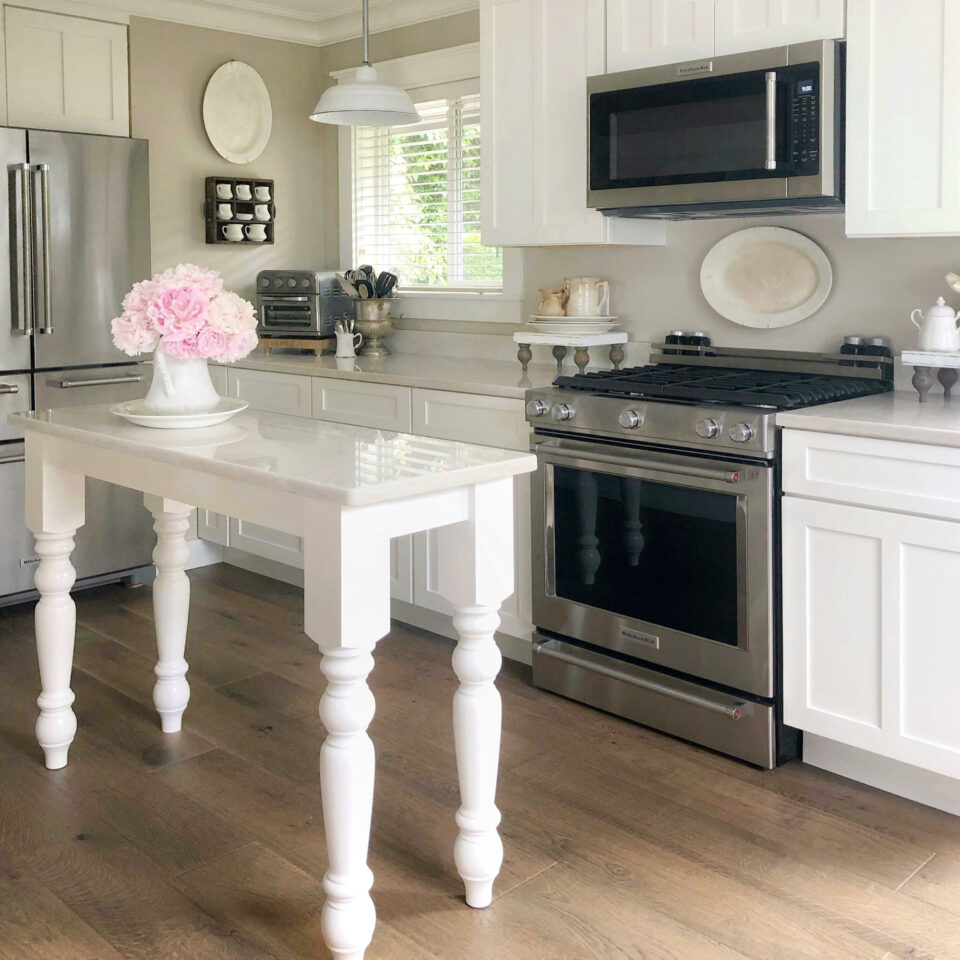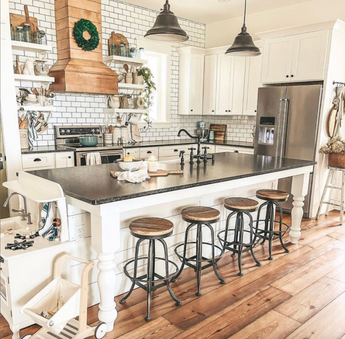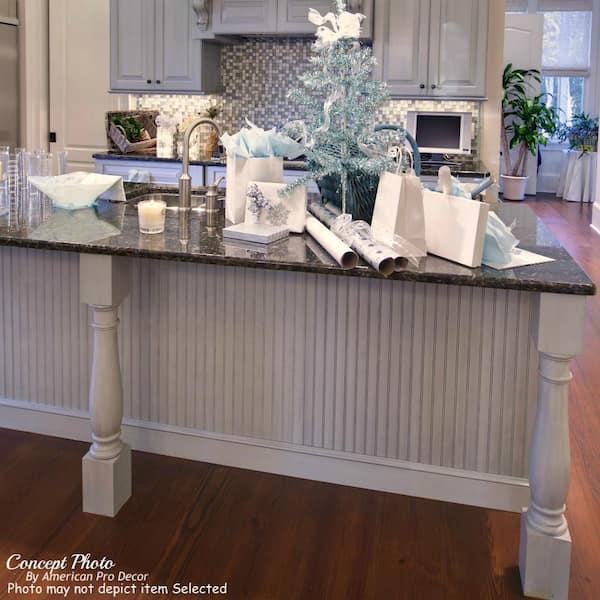An Overview to Choosing the Ideal Kitchen Area Island for Your Home
Comprehending your kitchen area's spatial characteristics is the initial step, guaranteeing that the island fits perfectly without disrupting the circulation. The choice of coatings and materials additionally plays a vital role in balancing the island with your kitchen's overall design.
Analyzing Your Room
Before choosing a cooking area island, it is vital to extensively analyze your area to make sure the enhancement will be both functional and cosmetically pleasing. Begin by gauging the offered area, including the size, size, and height of the kitchen area. Precise measurements are crucial to avoid buying an island that overwhelms the room or one that is disproportionately small.
Consider the existing layout and just how the island will integrate with the current website traffic flow. A well-placed island should not hamper or obstruct paths access to necessary devices, such as the oven, sink, and refrigerator. Leave ample clearance area-- normally around 36 to 48 inches on all sides-- to enable for comfortable activity and work area performance.
Following, evaluate the all-natural light and sightlines within your kitchen. An island that obstructs a window or interferes with visual communication can make the room really feel cramped and dark. Consider just how the island's positioning will certainly influence lights and exposure, ensuring it boosts instead of detracts from the kitchen area's ambiance.
Determining the Objective
Determining the purpose of your kitchen island is a critical action in ensuring it meets your certain requirements and choices. Before delving right into design or dimension considerations, it is necessary to clarify what primary function the island will offer in your kitchen. Will it be a central hub for dish prep work, a laid-back eating location, or potentially an added storage space remedy?
For those who appreciate cooking, integrating appliances such as a cooktop or sink may be required. Additionally, ample counter space for blending and cutting, in addition to accessible storage for cooking area devices and components, can transform the island into an efficient workstation. On the other hand, if the island is intended to offer or assist in social interactions as a dining location, seating arrangements come to be extremely important. In this case, making sure enough legroom and area for comfy dining experiences is critical.

Picking the Right Dimension
Selecting the appropriate size for your kitchen area island is an equilibrium of capability and room optimization. An excellent kitchen area island need to supply enough work space while ensuring that motion around the kitchen stays unblocked. Begin by determining your kitchen area room; a minimal clearance of 36 to 42 inches around the island is needed to allow for comfy movement and availability.
The measurements of the island should reflect its designated usage. If the island will certainly offer primarily as a prep location, a width of 24 to 36 inches may be enough.

Finally, make certain that the island's size matches the total kitchen area layout, preventing any kind of frustrating existence that might diminish the kitchen area's visual and energy - kitchen island legs. Cautious preparation and exact dimensions will certainly aid you attain a efficient and unified kitchen area setting
Choosing Products and Finishes
After figuring out the proper dimension for your cooking area island, the following step includes choosing ideal products and finishes. The option of materials significantly affects both the aesthetic appeal and capability of your kitchen island. Popular materials for kitchen counters consist of quartz, granite, and butcher block, each offering distinct benefits. Granite, understood for its toughness and classic sophistication, is highly resistant to scrapes and heat. Quartz, a crafted stone, offers a non-porous surface area that stands up to microorganisms and stains. Butcher block, made from wood, adds a cozy, rustic charm and is perfect for food prep work.
Along with the countertop, take into consideration the products for the space station. Solid timber supplies a traditional, tough appearance, while stainless-steel provides a smooth, contemporary look and is easy to clean. Repainted coatings can introduce a splash of color, with website here alternatives ranging from muted pastels to bold, vivid hues.
Pay attention to the resilience of coatings, especially in high-traffic locations, to keep the island's look over time. Choosing the ideal materials and finishes will certainly improve both the functionality and aesthetic allure of your kitchen island.
Integrating Functional Attributes
Incorporating practical attributes into your kitchen island can dramatically improve its utility and benefit, transforming it right into a flexible centerpiece of your cooking area. One vital function to take into consideration is added storage space. Integrating cabinets, drawers, and open shelving can give much-needed space for kitchenware, tools, and little home appliances, aiding to maintain a clutter-free atmosphere.
Another valuable enhancement is an integrated sink or cooktop, which can streamline click resources meal prep work and clean-up processes. A sink can promote jobs such as cleaning veggies and cleaning recipes, while a cooktop can permit for food preparation directly on the island, cultivating a more social and interactive cooking experience.
Take into consideration integrating seating alternatives, especially if your cooking area functions as an informal dining area. Bar feceses or built-in benches can change the island into a multifunctional area for dishes, homework, or laid-back events.
Last but not least, integrating electric outlets right into your cooking area island can enhance its functionality. Outlets offer convenient accessibility for small kitchen appliances, charging terminals for digital gadgets, and added lights options.
Final Thought

Before selecting a cooking area island, it content is vital to completely analyze your room to guarantee the enhancement will certainly be both functional and visually pleasing.Picking the best dimension for your kitchen area island is a balance of functionality and room optimization. kitchen island legs. An ideal kitchen area island must give enough office while guaranteeing that motion around the cooking area stays unobstructed.Integrating practical functions right into your cooking area island can substantially enhance its utility and comfort, changing it right into a flexible focal point of your cooking area.In conclusion, picking the ideal kitchen area island demands an extensive analysis of the readily available area, clearness concerning its primary feature, and cautious factor to consider of the proper size and products